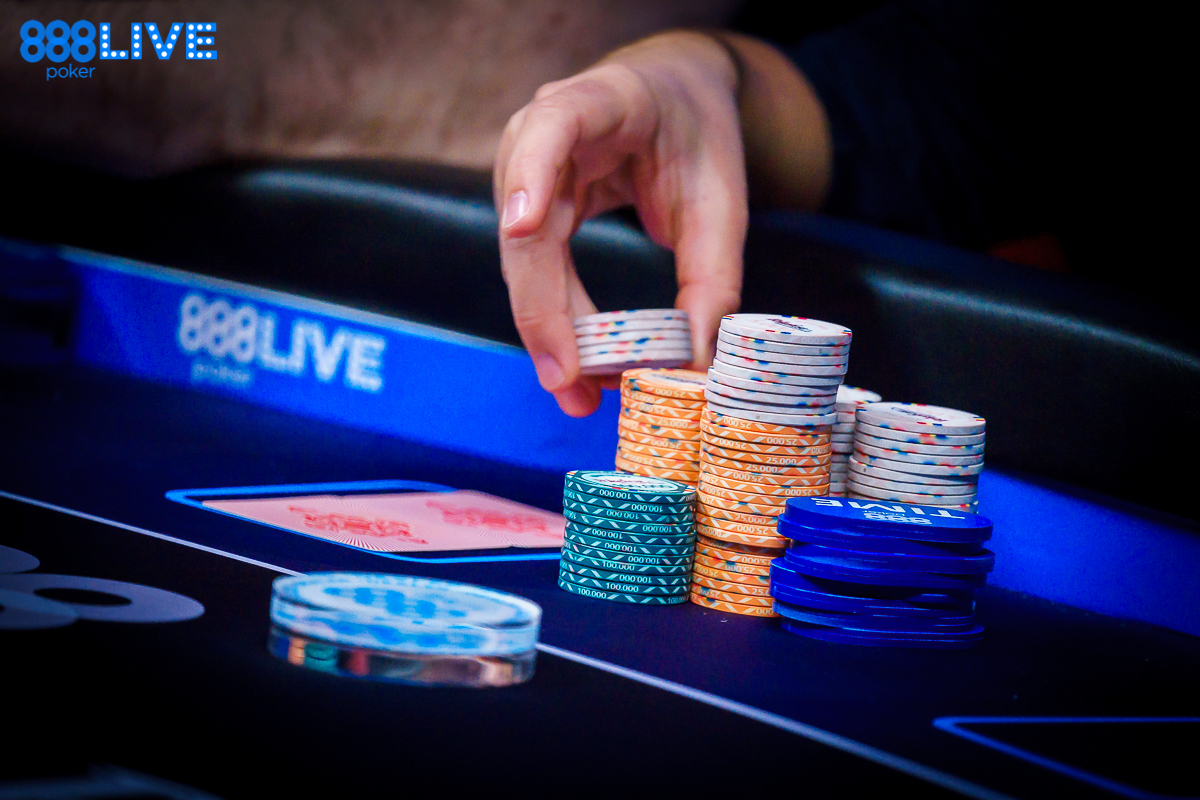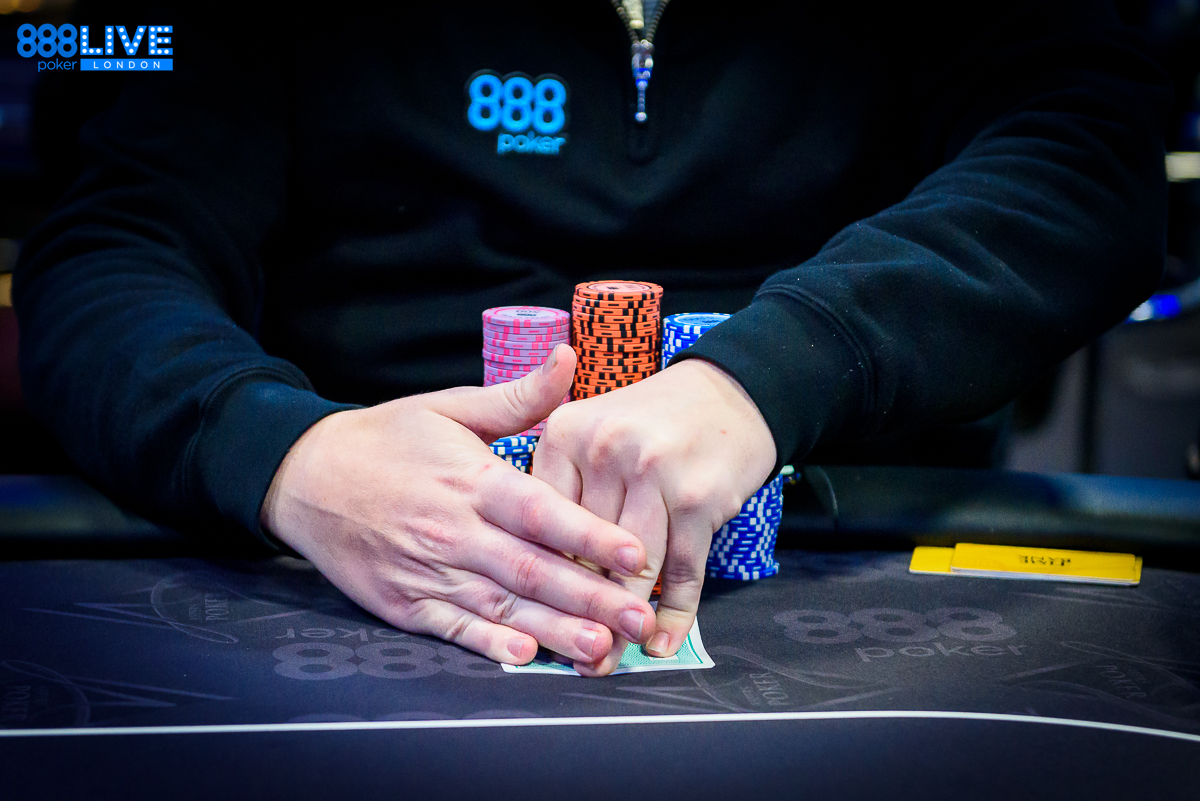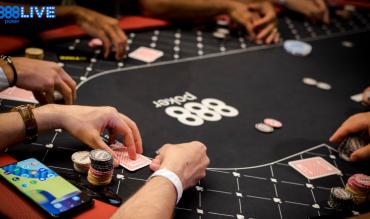3betting aggressively is an essential part of a solid poker strategy. But a vital aspect of this approach is knowing how to respond when our opponent decides to 4bet.
- Fold too often, and opponents might walk over us with aggressive 4bet bluffs.
- Defend too frequently, and this is a great recipe for losing chips fast.
Clearly, we need a perfect balance.
We need to know when it’s the right spot to defend and how to execute it.
Stick around for some top tips on how to defend against 4bets.
Should We Ever Call Against 4bets?
A logical starting point is the following question:
Is it ever ok to flat-call against a 4bet?
Throughout poker history, many poker players have always advocated either 5bet jamming or folding when facing a 4bet. Even many good players believed that flatting against 4bets was categorically wrong - without exception.
The advent of poker solvers has taught us that flatting against 4bets is a correct part of poker strategy.
Our exact flatting frequency and range should depend on the positions and 4bet sizing, along with other variables.
Are you currently using a strategy that never flats against 4bets? Now is a great time to think about experimenting with this aspect of play.
Defending Variables

Let’s now consider how basic variables impact our defending strategy.
We should consider the following when constructing our defending range -
Position
The earlier the poker position of the 4better, the tighter our defending range should be.
IP / OOP
We need a slightly stronger defending range when out of position (OOP). Calling against a 4bet is less attractive if we are out of position postflop.
We should still have a flatting range when OOP. But 5bet jamming is a more common choice versus being in position postflop.
Sizing
The smaller the 4bet sizing, the wider we can defend. Calling against 4bets becomes slightly more attractive when the 4bet sizing is small. This scenario happens for two reasons -
- We get a better price on the call.
- We win fewer chips to win if we 5bet jam and our opponent folds.
We still have a flatting range against large 4bet sizings. But 5bet jamming is a more common choice when facing a small 4bet sizing.
Putting everything together –
- The situation where we flat the most is when we are in position facing a small 4bet sizing.
- We flat the least when we are when we are out of position facing a large 4bet sizing.
Opponent
We should carefully consider the type of opponent who is 4betting. Many players 4bet an overly tight range. We can exploit such opponents simply by folding when facing their 4bets.
Conversely, if our opponent is 4betting too wide, we can defend wider than usual. If our opponent is folding too much to a 5bet jam, we can start jamming wider.
Example Defence BTN vs CO

Let’s define a basic scenario and roughly outline what theoretically correct defending ranges look like in that spot.
The Scenario
CO open raises to 2.3bb.
BTN 3bets to 7.5bb.
CO 4bets to 21bb.
BTN?
| Actions | Range |
| 5bet Jam | JJ+, AK, A5s, A4s |
| Call vs 4bet | 66-TT, AQs-ATs, KQs-KTs, JTs |
| Fold vs 4bet | A9s-A6s, A3s-A2s-, K9s, AQo-ATo, KQo, KJo, QJs-Q9s |
The table shows a rough overview and doesn’t necessarily include every hand in the range.
For example, a solver will also flat with hands like 54s, 65s and 67s in this spot. But it only 3bets them with a very low frequency to start.
Our objective when considering such models should be to focus on broad key takeaways rather than obsess over small details.
5bet Jamming Range
Note that this hand is often something like JJ+ and AK, although it will get slightly wider/tighter depending on the exact positions. Note also that A5s and A4s are 5bet semi-bluff jams.
The term semi-bluff may be misleading in this context. Even ‘value hands’ like AKo and JJ are usually equity underdogs against our 5bet jam.
In most cases, our pure value hands (larger than 50% equity when called) are only KK+. The rest of our 5bet jams are technically semi-bluffs, even if we don’t typically think of a ‘value hand’ like AKo this way.
Call vs 4bet Range
The key takeaway is the strong preference for calling pocket pairs and suited broadways:
- Hands like AQo and AJo are in the folding range, while hands like KJs and KTs can call.
- A5s and A4s also call with some frequency, even though they should mostly be 5-bet jamming.
Folding Range
Our folding range includes our off-suit broadways (weaker than AKo), all other suited Ax, and QJs-Q9s.
Note that hands such as AQo and QJs are sometimes in the calling range according to a solver, even though they mostly fold. In our table, we have represented these hands as pure folds.
Example Defence – SB vs UTG

Let’s see how our defending strategy differs when we are out of position, and our opponent is 4betting from early position.
Scenario
UTG open raises to 2.5bb.
SB 3bets to 11bb
UTG 4bets to 21bb.
SB?
| Actions | Range |
| 5bet Jam | QQ+, AK |
| Call vs 4bet | AQs, AJs, 99-QQ |
| Fold vs 4bet | KQs-K9s, AQo, QJs, A5s-A3s, ATs |
Once again, this is a fairly broad overview and ignores mixed strategies.
As an example, ATs, KQs and KJs should occasionally call but mostly fold. We have represented them as pure folds in the table.
Also, although 99-JJ are primarily defending rages, they should also fold directly against the 4bet with some frequency. We have represented these hands as pure calls.
In this situation, the only hands defended with 100% frequency are QQ+, AKo, and AJs+.
Every other holding will be mixed into the folding range with some frequency. Those hands are close to breakeven in terms of profit. In theory, they are defending hands to prevent us from folding too frequently against 4bets.
Let’s now focus on some key strategy takeaways from this scenario.
5bet Jamming Range
Our 5bet jamming range is tighter since we are facing an earlier position 4bet. QQ should only jam some of the time in this spot, meaning that KK+/AK are the only hands we should routinely jam.
Call vs 4bet Range
We once again see a trend towards calling suited broadways and pocket pairs. The only difference now is that the defending range is much tighter. Of our calling range, only AQs, AJs and QQ (also raised) are pure calls.
Everything else, including JJ-99, should fold with some frequency against the 4bet.
Note that suited connectors, including 87s, 76s, 65s, and 54s, also call against the 4bet. But they often fold directly preflop rather than 3betting and are not included in the table.
Folding Range
Although we generally like suited broadways, most are folds when facing an early position 4bet.
Even though our defending range is now extremely tight, our fold to 4bet frequency is not higher than usual.
Remember that our 3betting range against a UTG open should be strong.
Defending – Theory vs Practice

In most cases, it makes sense to play tighter than the theory suggests when facing a 4bet. There are a few reasons for this:
Reasons for Defending Tighter
- Average villain 4bets tight: Correct strategy involves 4betting with some speculative semi-bluffs. Data suggests that many players show up only with strong value hands when they 4bet.
We exploit players who only 4bet for value by folding more frequently. This play makes it hard for them to extract value with their premium hands.
- Some defends don’t profit in theory: Say a poker solver suggests that you should sometimes defend and sometimes fold (aka ‘mix strategy’) and a preflop hand. It’s implying that the hand will break even in terms of profit.
The only purpose of defending such hands is to ensure we are not folding too often to 4bets.
Most opponents may not recognize that we are folding too much to 4bets. So, defending breakeven hands doesn’t do much for our strategy or improve our winrate.
- 4bet pots are high variance:
We shouldn’t avoid large pots for the sake of it. But it’s worth remembering that large pots are often tougher on the mindset. We are more likely to make mistakes when a lot is at stake.
Big pots also cause bigger upswings and downswings, which can result in mental game problems such as tilt.
If an opportunity to defend vs a 4bet is marginal, it may make sense to lean towards folding.
But there are some scenarios where we should defend more frequently than a solver might suggest when facing a 4bet.
Reasons for Defending Wider
- Our opponent is a weaker player: A poker solver assumes our opponent is a perfect player. If our opponent is weak, we can defend wider than a solver might suggest.
- Our opponent folds too much to 5bets. As a rough guide, if our opponent is folding above 50% of the time facing a 5bet, we should likely 5bet jam our entire 3betting range.
The average player folds closer to 30% of the time when facing a 5bet jam. But certain opponent types 4bet overly wide and struggle to defend against 5bets. This scenario may occur if our opponent believes we are folding too much against 4bets.
Key Takeaways for Defending vs 4bets
Here are some key takeaways for improving our game when facing preflop 4bets.
Key Takeaways
- We should defend more often against smaller 4bets and less often against larger 4bets.
- Our defending range should be wider when the action is in late position.
- Calling is more attractive when we are in position and less attractive OOP.
- Calling is more attractive against smaller sizings and less attractive against larger sizings.
- Many opponents don’t 4bet enough, which we can exploit by folding more often.
- Pocket pairs and suited broadways are the most likely calling hands, depending on the exact situation.


